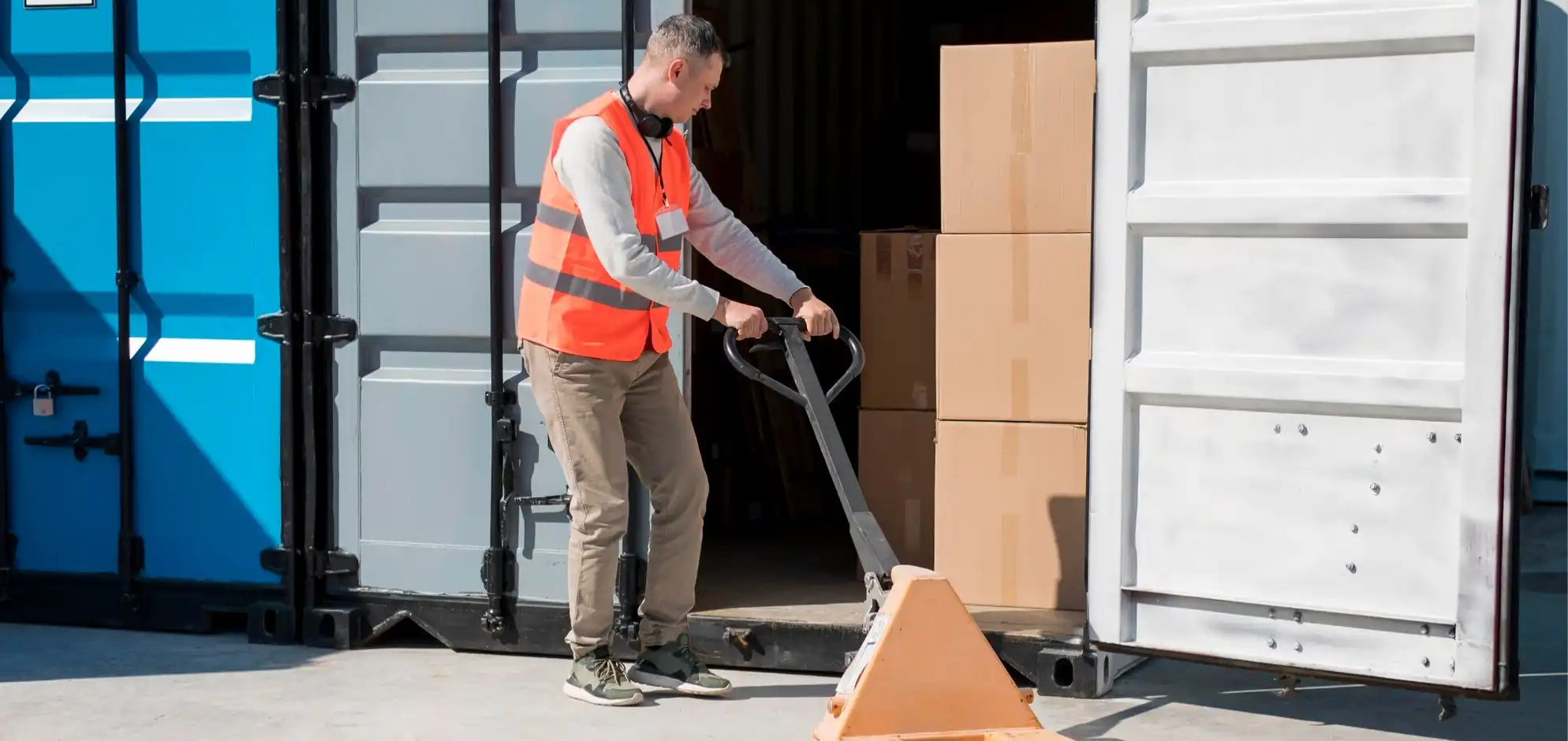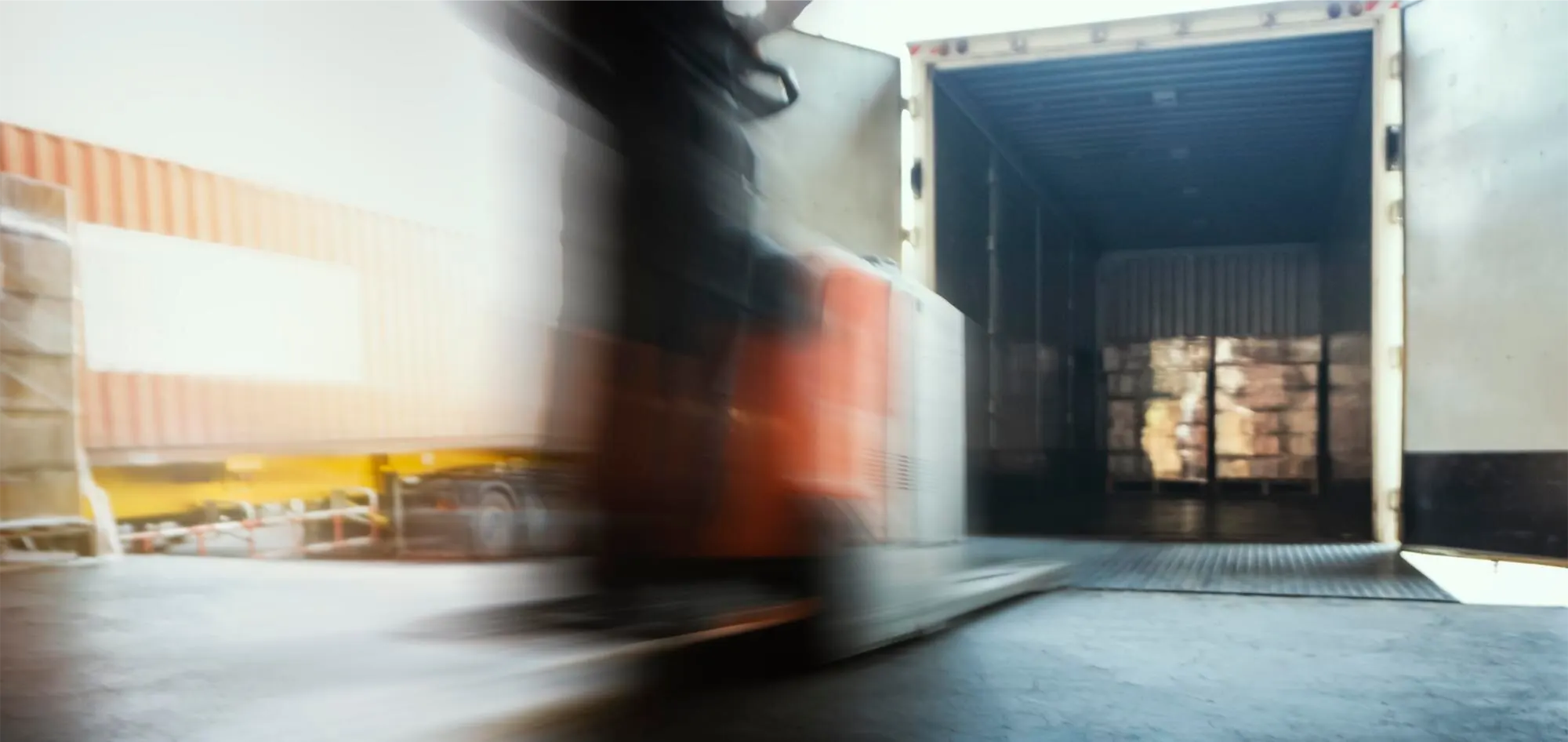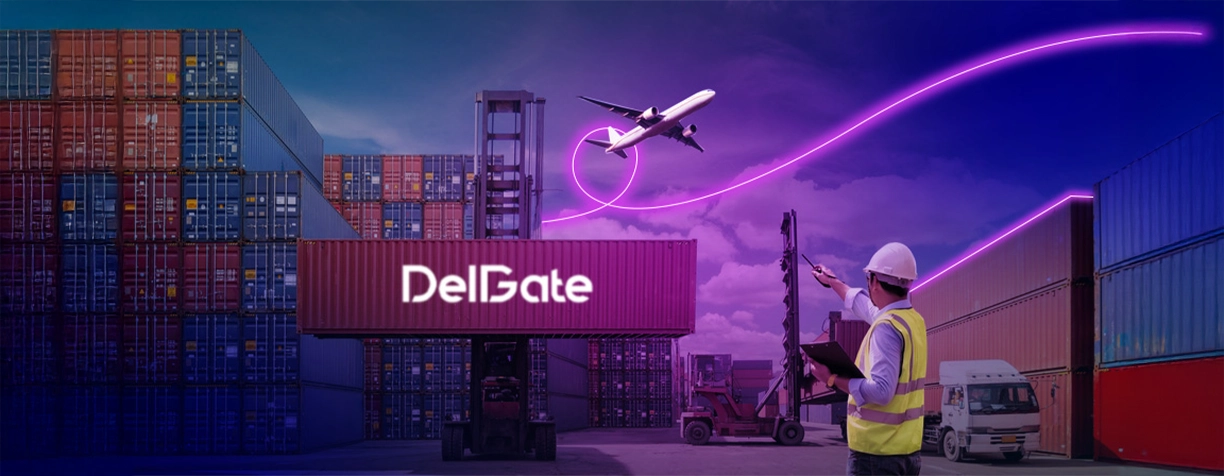In today’s fast-paced global economy, efficient supply chain management is critical for business success. One strategy gaining traction in Canada is transloading logistics. Understanding the advantages of transloading logistics can provide a competitive edge, optimize operations, and reduce costs for businesses of all sizes. This blog post explores six key benefits of implementing transloading within your Canadian supply chain.
Table of Contents
1. Benefits of Transloading in Canada

Transloading involves transferring goods from one mode of transportation to another, such as from rail to truck, or ship to rail. This allows businesses to utilize the most cost-effective and efficient mode for each leg of the journey, optimizing the entire supply chain.
For example, a company importing goods from overseas might use ocean freight to a Canadian port, then transload the goods to rail for long-distance transport to the interior, and finally use trucks for local delivery. This approach minimizes overall transportation costs and transit times.
2. Advantages of Transloading in Canada
One of the primary advantages of transloading logistics is the reduction of freight costs. Long-haul trucking can be expensive, especially with rising fuel costs and driver shortages. By using rail for the long-distance portion of the journey and trucks for the shorter, final mile, companies can significantly lower their transportation expenses. This cost saving has been especially beneficial in a world of high inflation and rising shipping expenses.
Transloading also enables access to broader markets. By connecting different transportation networks, businesses can reach customers in areas that might be inaccessible or cost-prohibitive to serve with a single mode of transport.
3. Pros of Transloading in Canada
Another key advantage of transloading logistics lies in its ability to improve efficiency and reduce transit times. Rail transport, for example, is often faster and more reliable than trucking for long distances, particularly in challenging weather conditions. By strategically utilizing different modes of transportation, businesses can minimize delays and ensure timely delivery of goods.
Transloading helps mitigate capacity constraints. During peak seasons or when certain transportation modes are congested, transloading provides flexibility to switch to alternative modes and keep goods moving. This can be a critical advantage in maintaining consistent service levels.
4. third-party Logistics Canada
Many companies choose to outsource their transloading operations to third-party logistics (3PL) providers. These providers have the expertise, infrastructure, and technology to manage the entire transloading process, from coordinating transportation to managing inventory and documentation. Partnering with a 3PL can free up a company’s resources to focus on its core business activities, but understanding the advantages of transloading logistics remains crucial to overseeing the relationship and ensuring optimal results.
A good 3PL provider can deliver value added services such as labelling and sorting
5. Costco Transloading Service in Canada
While Costco doesn’t explicitly advertise a “transloading service,” their efficient supply chain relies heavily on transloading principles. They utilize various modes of transportation to move goods from suppliers to distribution centers and ultimately to their stores, optimizing costs and ensuring product availability. The success of retailers like Costco in Canada illustrates the importance of understanding advantages of transloading logistics.
6. Canada Solar Panel Transloading

The renewable energy sector is booming in Canada, and solar panel transloading is becoming increasingly important. Solar panels, often manufactured overseas, need to be transported efficiently to installation sites across the country. Transloading allows companies to move large quantities of solar panels from ports to inland locations, supporting the growth of the renewable energy industry. Considering the advantages of transloading logistics is key to managing the complex supply chain.
7. Transloading in Vancouver
Vancouver, being a major port city on the west coast, serves as a critical transloading hub in Canada. Goods arriving from Asia and other parts of the world are often transloaded in Vancouver for distribution across Canada and North America. The Port of Vancouver’s infrastructure and strategic location make it a key player in transloading operations.
8. Transloading in Toronto
Toronto, a major economic center, is another important transloading location in Canada. Its central location and well-developed transportation infrastructure facilitate the efficient transfer of goods between different modes of transport, serving markets across Eastern Canada and the US Midwest. It is key to understand the advantages of transloading logistics to build an effective system here.
9. Transloading in Montreal
Montreal, with its strategic location on the St. Lawrence Seaway, serves as a vital transloading hub for goods moving between North America and Europe. Its port handles a significant volume of cargo, and its transloading facilities facilitate the efficient movement of goods to and from various destinations.
10. What Is Transloading
To recap, transloading is the process of transferring goods from one mode of transportation to another. This can involve transferring goods from ships to trains, trains to trucks, or any other combination of transportation modes. Understanding what transloading is, is fundamental to understanding the advantages of transloading logistics.
11. The Role of Transloading in Reducing Freight Costs
The advantages of transloading logistics are perhaps most evident in its ability to reduce freight costs. By strategically combining different transportation modes, companies can leverage the strengths of each mode to optimize transportation expenses. For example, rail transport is generally more cost-effective for long-distance transportation, while trucks are more efficient for local delivery.
- Rail vs. Trucking Costs: According to a report by the Canadian Transportation Agency, rail transport can be up to 40% cheaper than trucking for long-distance hauls.
12. Industries That Benefit from Transloading Services
Many industries in Canada benefit from transloading services, including:
- Agriculture: Moving grain, fertilizer, and other agricultural products.
- Forestry: Transporting lumber, pulp, and paper products.
- Manufacturing: Shipping raw materials, components, and finished goods.
- Energy: Moving oil, gas, and other energy products.
- Retail: Distributing consumer goods to stores across the country.
In all these cases, the advantages of transloading logistics contribute to greater efficiency.
Case Study: A Canadian agricultural company saved 15% on transportation costs by implementing a transloading strategy to move grain from Western Canada to export terminals on the East Coast. By using rail for the long-haul portion of the journey and trucks for the final mile, the company significantly reduced its overall transportation expenses.
Numerical Data and Reports
|
Data Point |
Value/Report |
Source |
|
Rail vs. Trucking Cost Savings |
Up to 40% cheaper for long-distance hauls |
Canadian Transportation Agency |
|
Impact on Supply Chain Efficiency |
15-20% improvement in transit times |
Supply Chain Management Review |
|
Market Growth of Transloading Services |
Expected to grow by 5-7% annually over the next 5 years |
Industry Analysis Report by [Fictional Source] |
|
Reduction in Carbon Emissions from Transload |
up to 10% from long-distance hauls from using rail over over the road trucking |
[Fictional Source] |
Companies That Provide Fulfillment Services

Here are 5 real companies that provide fulfillment services which often include transloading, in Canada:
- DelGate
- eShipper
- Shipwire (by Ingram Micro)
- FedEx Supply Chain
- Purolator
Conclusion
Understanding the advantages of transloading logistics is essential for businesses seeking to optimize their supply chains, reduce costs, and improve efficiency in the Canadian market. By strategically utilizing different modes of transportation and partnering with experienced transloading providers, companies can gain a competitive edge and achieve their business goals.





